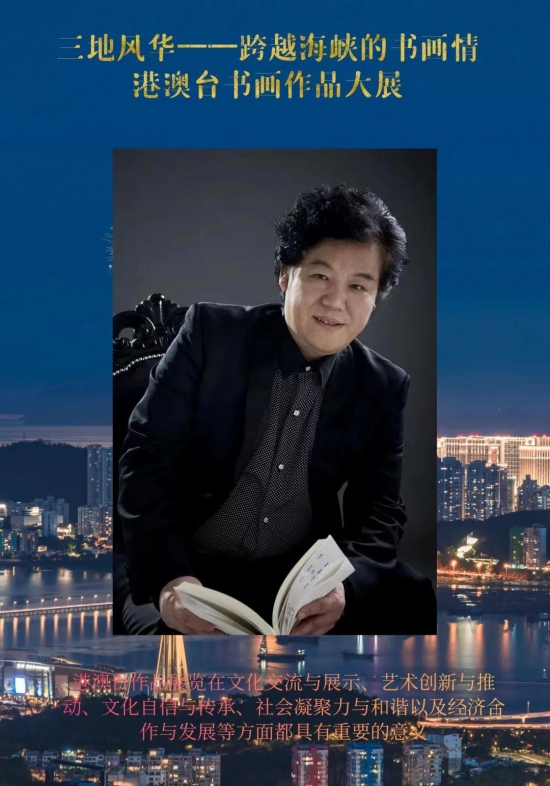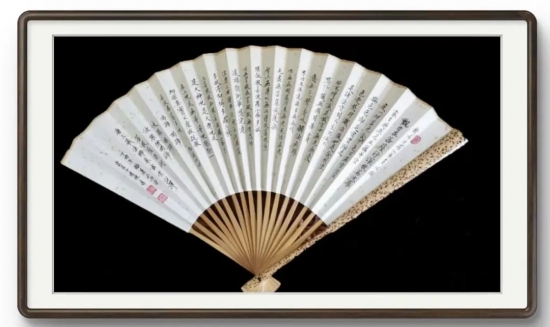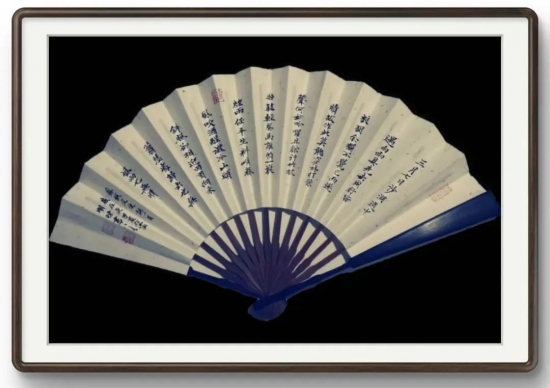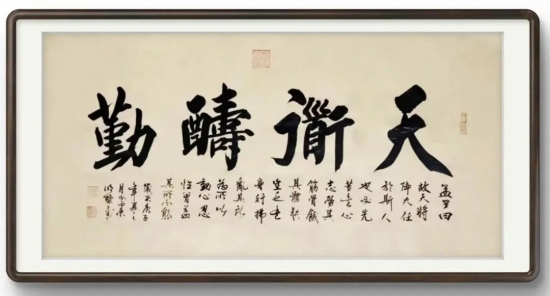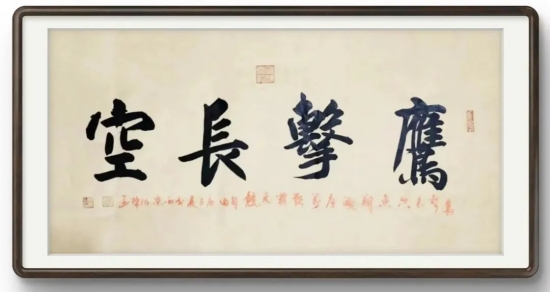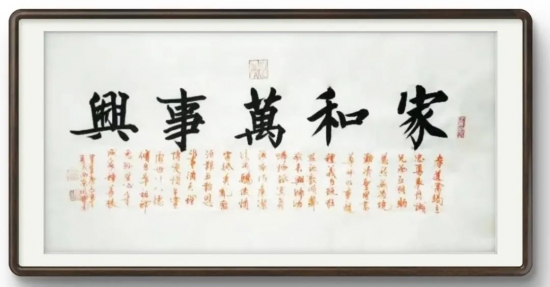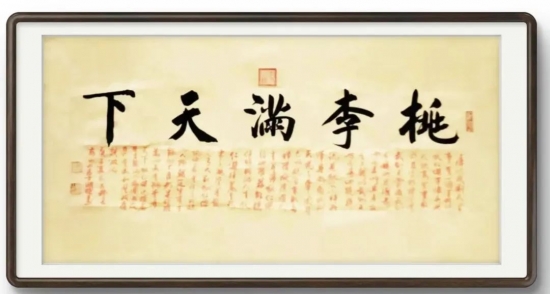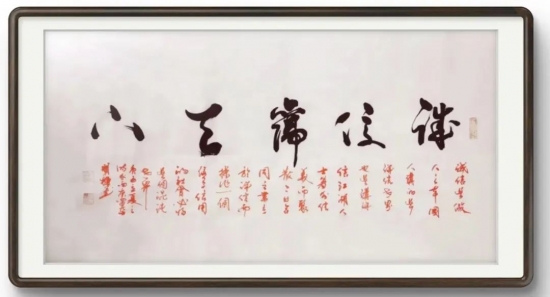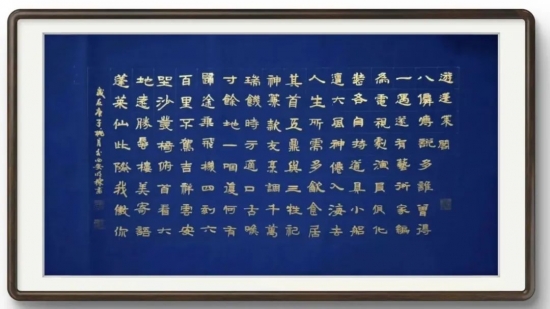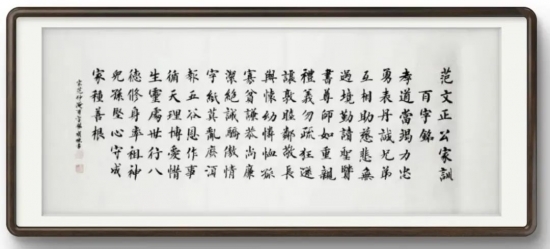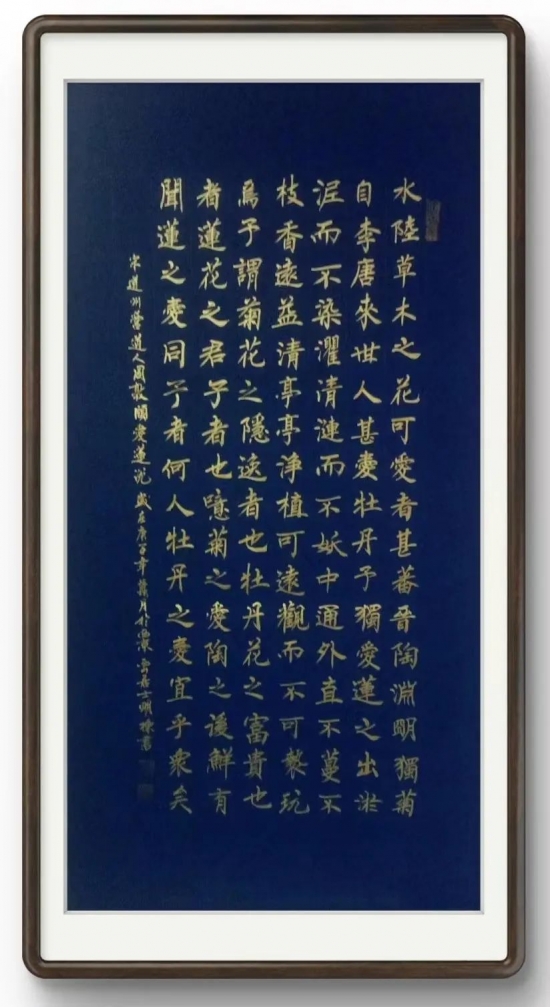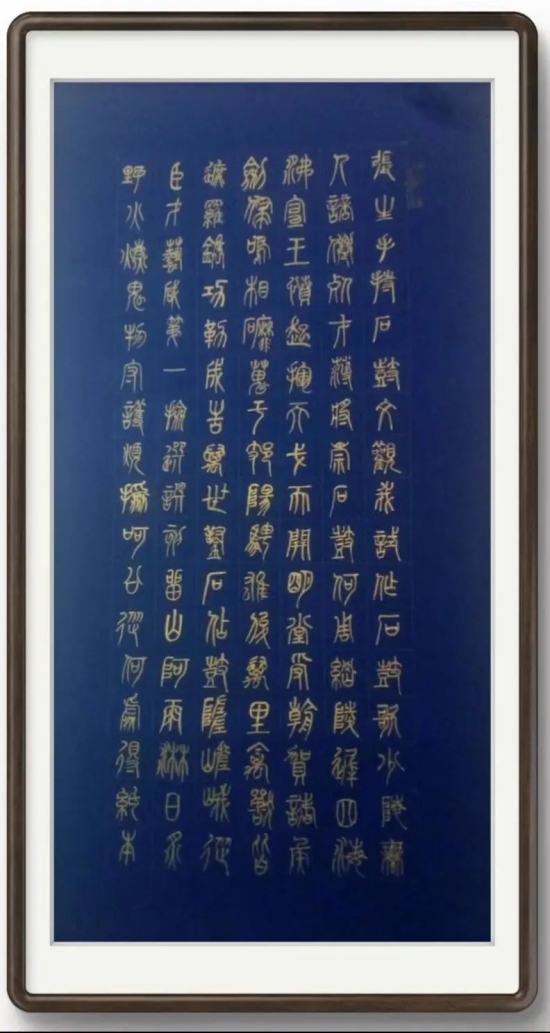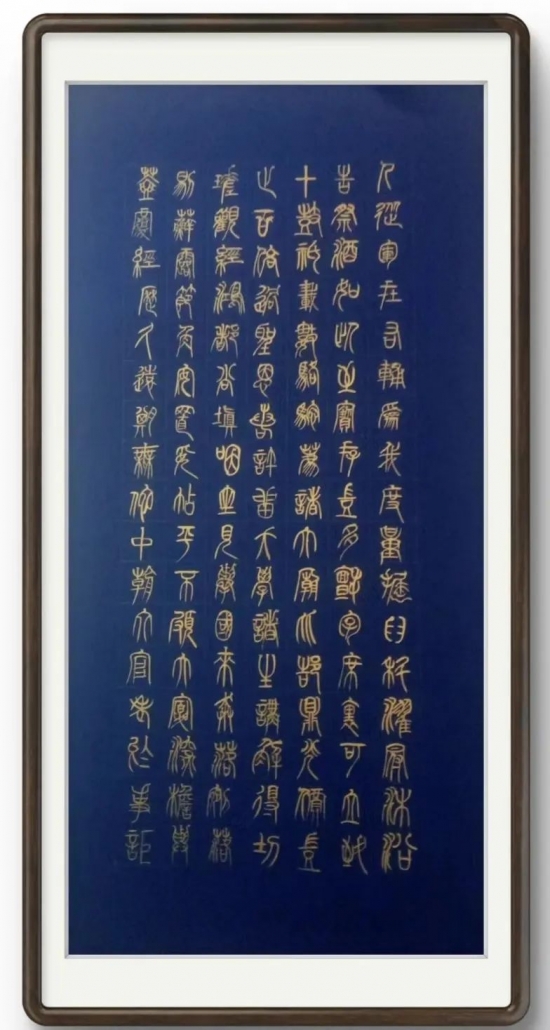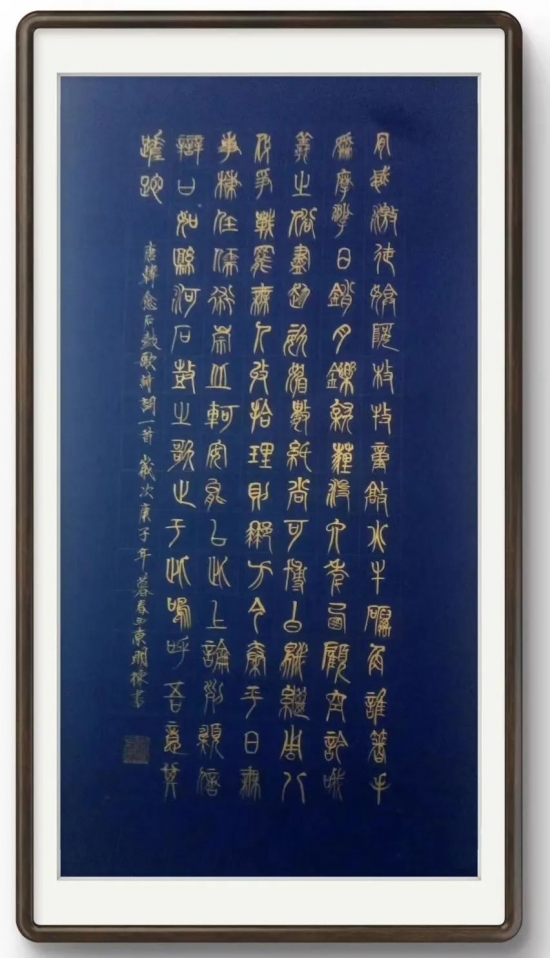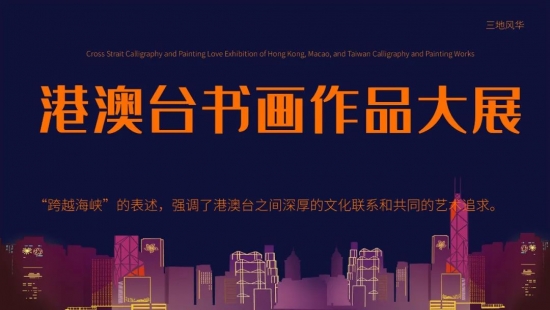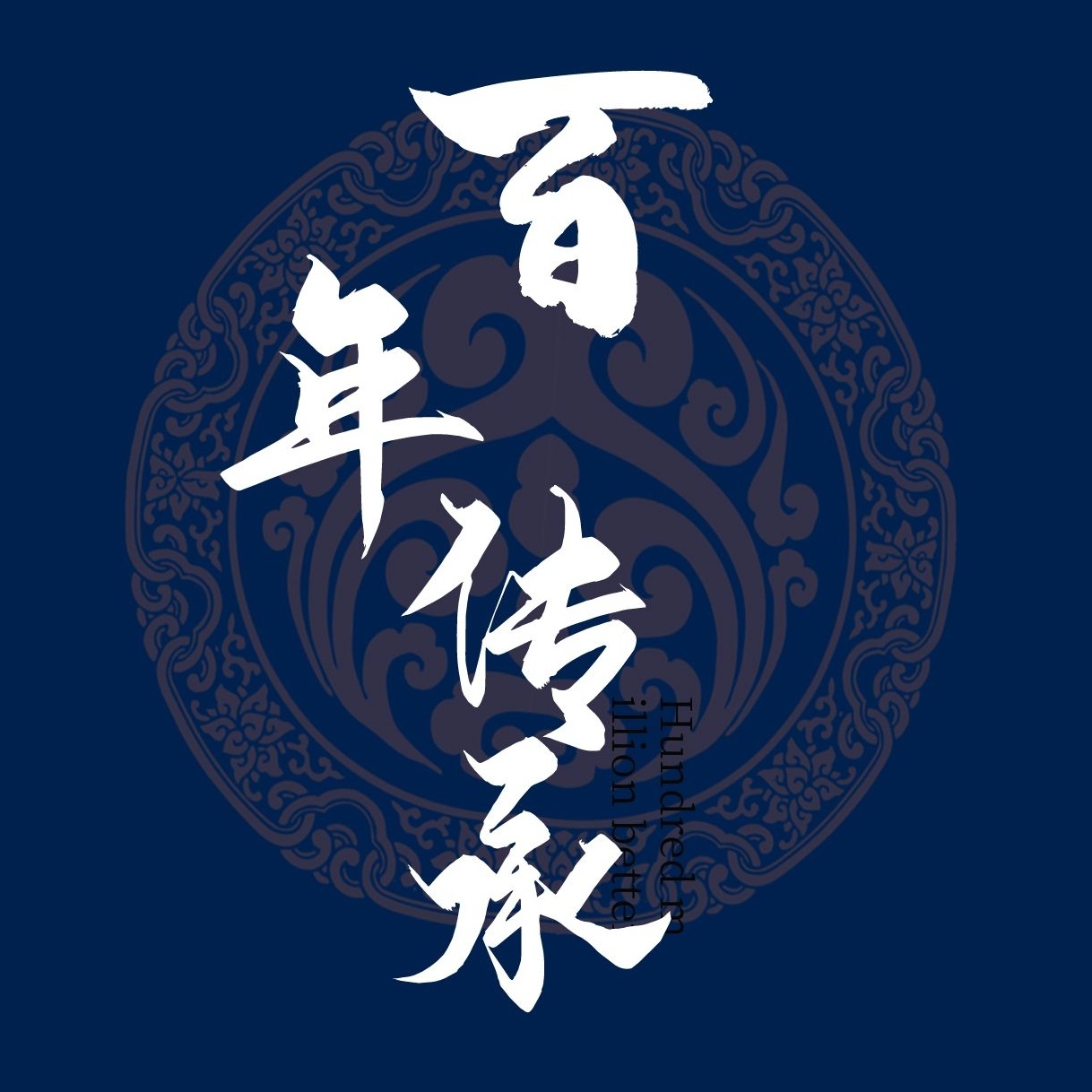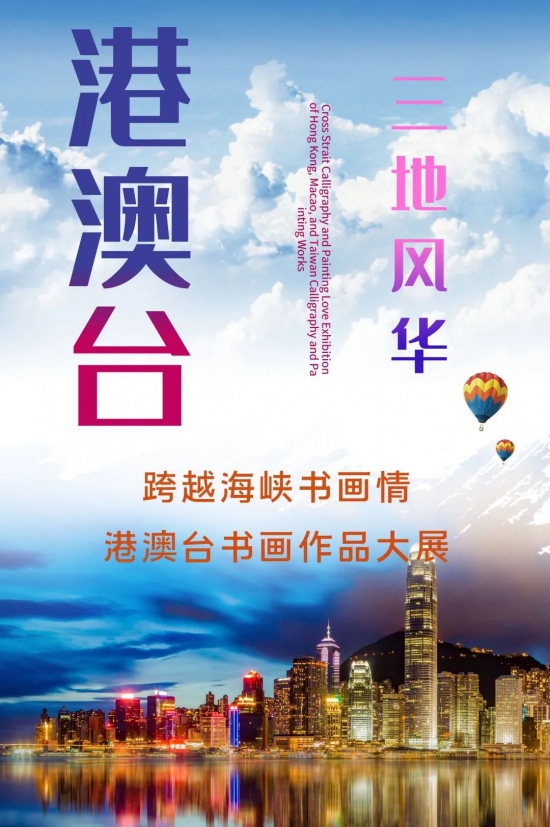
跨越海峡的书画情港澳台书画作品大展,对于推动港澳台地区书画艺术的发展具有重要意义。它不仅能够为书画家们提供一个展示和交流的平台,促进彼此之间的学习与借鉴,还能够增进三地之间的文化认同和友谊。同时,通过线上展览的举办,也能够让更多的人了解和欣赏到港澳台地区的书画艺术,推动中华文化的传承与发扬。 李明栋,号:西山居士,生于1960年,现为:中国书法家协会会员、陕西省书法家协会会员、中国国家文化艺术中心理事、西北政法大学客座教授。 老师书法楷、行、草、隶、篆涉猎广泛,软硬兼施,尤以小楷、隶书及篆体引人入胜。其书艺取法高古,在前辈先贤那里汲取养分,六岁起就开始临帖,“颜、柳、欧、赵”、王羲之等大师的字帖均是他成长路上的营养来源,传统文化的熏陶加之先生勤于临池、笔耕不辍的后天努力,其笔下的作品无论楷、行、草、隶、篆均流露出一种古风和雅趣。 1993年12月获得中国书法家协会举办的纪念毛泽东诞辰100周年青年组二等奖,作品:《藤王阁序》——中楷。深得徐悲鸿夫人廖静文女士赞赏和喜爱,后经欧阳中石先生指点,使其书法作品更上一层楼。并得到胡耀邦主席、李鹏总理的亲切接见。 欣赏书法,有的需要用眼睛,有的需要动用心灵,有的单单流溢于形式,书艺在书外,有的大智若愚,内涵在其中,言在此而义在彼,有的则是形式与内容珠联璧合、交相辉映。岭南实力派书法家李明栋先生的书法就属于后者,一点一划间情感自然流淌,酣畅淋漓,以诗文锦绣为其里,笔墨隽华为其表,使优美的辞赋与苍劲的书法相得益彰,可谓秀外慧中、文质彬彬。 欣赏先生书法,如同徜徉于仙境,时而如自然山水诗般在欣赏者面前缓缓展开;时而如黄河之水汪洋恣肆、一泻千里;时而如一首首情歌悠扬顿挫间直击心灵;时而如一条叮当作响的河流,带着成长的故事驶向远方;时而如一栋历史悠久的建筑,记录着人类每一个前行的脚步……观先生书法,真可谓:“诗是有声画,画是无声 诗!”耐人寻味,含蓄蕴藉,羚羊挂角,无迹可寻。 艺术成就 1994年5月在北京著作出版了《文山千人书帖》《中国诗书画人才博览》; 1995年6月参加全国纺织杯书画大赛获得优秀奖; 1998年3月参加九江市诗词文学大赛获得一等奖。作品:《烟水亭上的梦》——散文 1999年9月参加江苏省省级个人大赛获得一等奖。作品:《离骚》——篆书。 2001年3月在广州著作出版了《路文化书法大全》等。 2003年7月在江西庐山参加笔会,其作品被美国芝加哥美术馆书法协会收藏。 2005年1月参加全国书法等级考核获得最高荣誉。作品:《秋思》——隶书。 2007年5月在北京天坛公园白塔寺方丈典礼邀请笔会上作品被日本东京天皇书道院收藏。作品:《藤王阁序》——小楷。 2009年9月应西安市大兴善寺方丈宽旭大师之邀参加了首届写经书画大赛,作品《地藏经》小楷被大兴善寺永久收藏。 Li Mingdong, also known as Xishan Jushi, was born in 1960. He is currently a member of the Chinese Calligraphers Association, the Shaanxi Calligraphers Association, a director of the China National Cultural and Art Center, and a visiting professor at Northwest University of Political Science and Law. The teacher has a wide range of calligraphy skills, including regular script, cursive script, clerical script, and seal script. They use both soft and hard techniques, especially in small regular script, clerical script, and seal script, which are particularly captivating. His calligraphy skills are based on ancient techniques, drawing nourishment from his predecessors and sages. He began to write calligraphy at the age of six, and the calligraphy of masters such as Yan, Liu, Ou, Zhao, and Wang Xizhi were the sources of nourishment for his growth. The influence of traditional culture, coupled with the diligent work of his master in Linchi and his tireless efforts in writing, his works, whether in regular script, cursive script, clerical script, or seal script, all exude an ancient style and elegance. In December 1993, he won the second prize in the Youth Group commemorating the 100th anniversary of Mao Zedong's birth organized by the Chinese Calligraphers Association. His work is "Preface to the Tengwang Pavilion" in Chinese Kai script. Deeply appreciated and loved by Mrs. Liao Jingwen, the wife of Xu Beihong, and later guided by Mr. Ouyang Zhongshi, her calligraphy works were elevated to a higher level. And received cordial receptions from Chairman Hu Yaobang and Premier Li Peng. Appreciating calligraphy, some require the use of eyes, some require the use of the soul, some simply flow out of form, the art of calligraphy lies outside the book, some are wise and foolish, the meaning lies within it, the words are here and the meanings are there, and some are a perfect combination of form and content, complementing each other. The calligraphy of Mr. Li Mingdong, a powerful calligrapher in Lingnan, belongs to the latter category. Emotions naturally flow and flow freely from stroke to stroke, with exquisite poetry and prose as its essence, and exquisite brushwork as its expression. The beautiful language and vigorous calligraphy complement each other, making it both elegant and refined. Appreciating the calligraphy of the master is like wandering in a fairyland, sometimes unfolding slowly in front of the viewer like natural landscape poetry; Sometimes it flows like the water of the Yellow River, unrestrained and cascading for thousands of miles; Sometimes, like a melodious love song, it hits the soul with ups and downs; Sometimes it flows like a tinkling river, carrying stories of growth towards the distance; Sometimes it is like a building with a long history, recording every step of human progress... Looking at Mr.'s calligraphy, it can be said that "poetry is a painting with sound, painting is a silent poem!" It is thought-provoking, implicit and profound, with no trace to be found. Artistic achievements In May 1994, he published "Wenshan Thousand Person Calligraphy and Painting Talent Exhibition" and "Chinese Poetry, Calligraphy and Painting Talent Exhibition" in Beijing; In June 1995, participated in the National Textile Cup Calligraphy and Painting Competition and won the Excellence Award; In March 1998, he participated in the Jiujiang Poetry and Literature Competition and won the first prize. Work: "Dreams on the Yanshui Pavilion" - Prose In September 1999, he participated in the Jiangsu Provincial Individual Competition and won the first prize. Work: "Li Sao" - Seal Script. In March 2001, he published works such as "Complete Collection of Road Culture Calligraphy" in Guangzhou. In July 2003, he participated in a calligraphy club in Lushan, Jiangxi, and his works were collected by the Calligraphy Association of the Art Museum of Chicago in the United States. In January 2005, participated in the national calligraphy level assessment and obtained the highest honor. Work: "Autumn Thoughts" - Lishu. In May 2007, at the invitation ceremony of the abbot of Baita Temple in Temple of Heaven in Beijing, the artwork was collected by the Imperial Academy of Tokyo, Japan. Work: Preface to Tengwang Pavilion - Small Kai. In September 2009, he was invited by Master Kuanxu, the abbot of Daxingshan Temple in Xi'an, to participate in the first calligraphy and painting competition. His work "Ksitigarbha Sutra" in small Kai script was permanently collected by Daxingshan Temple.